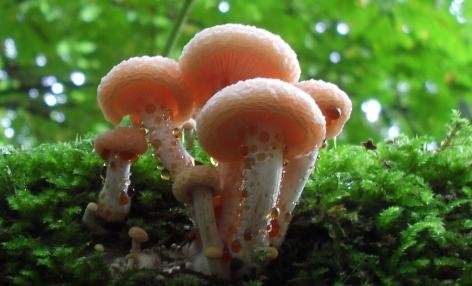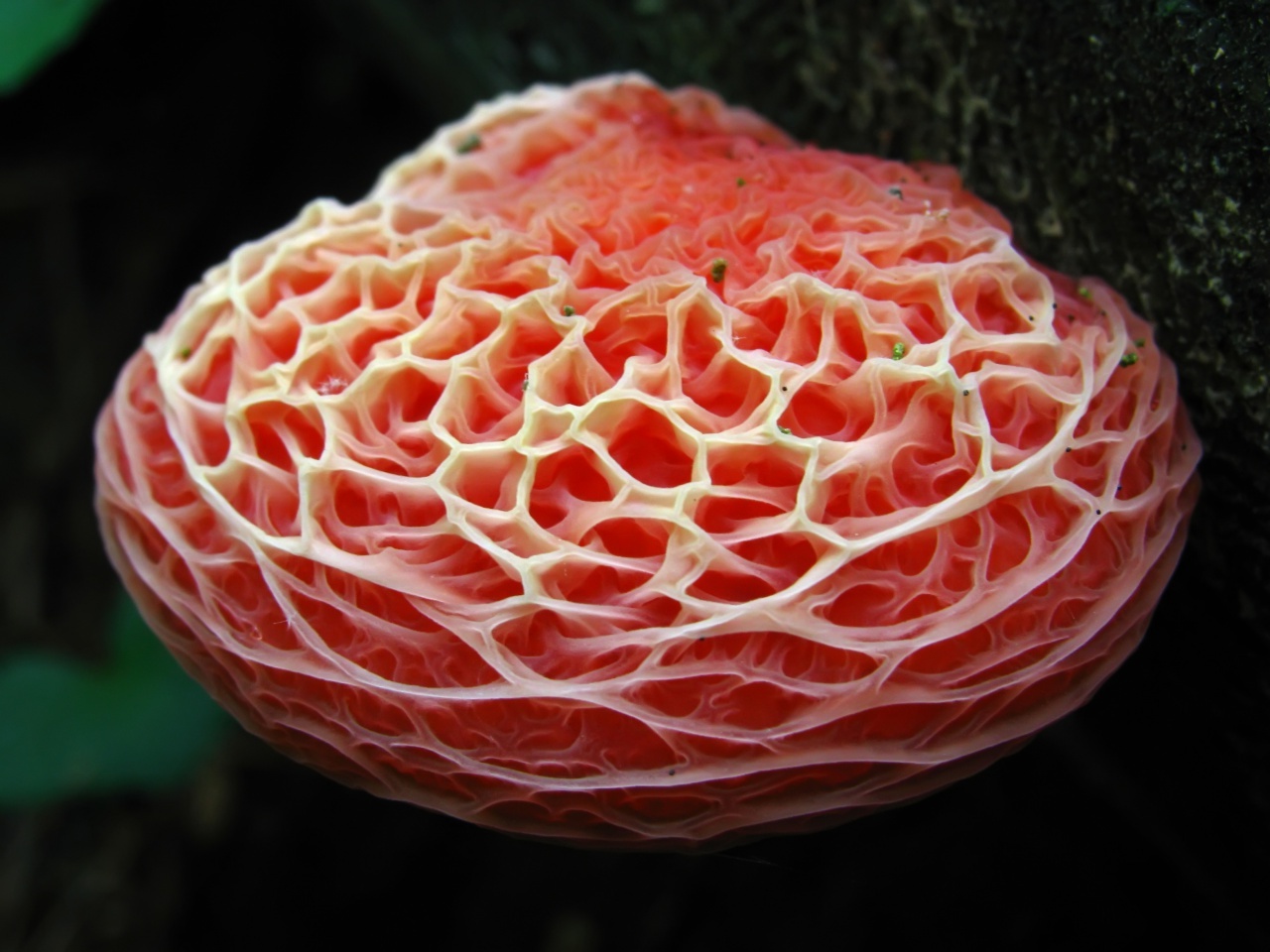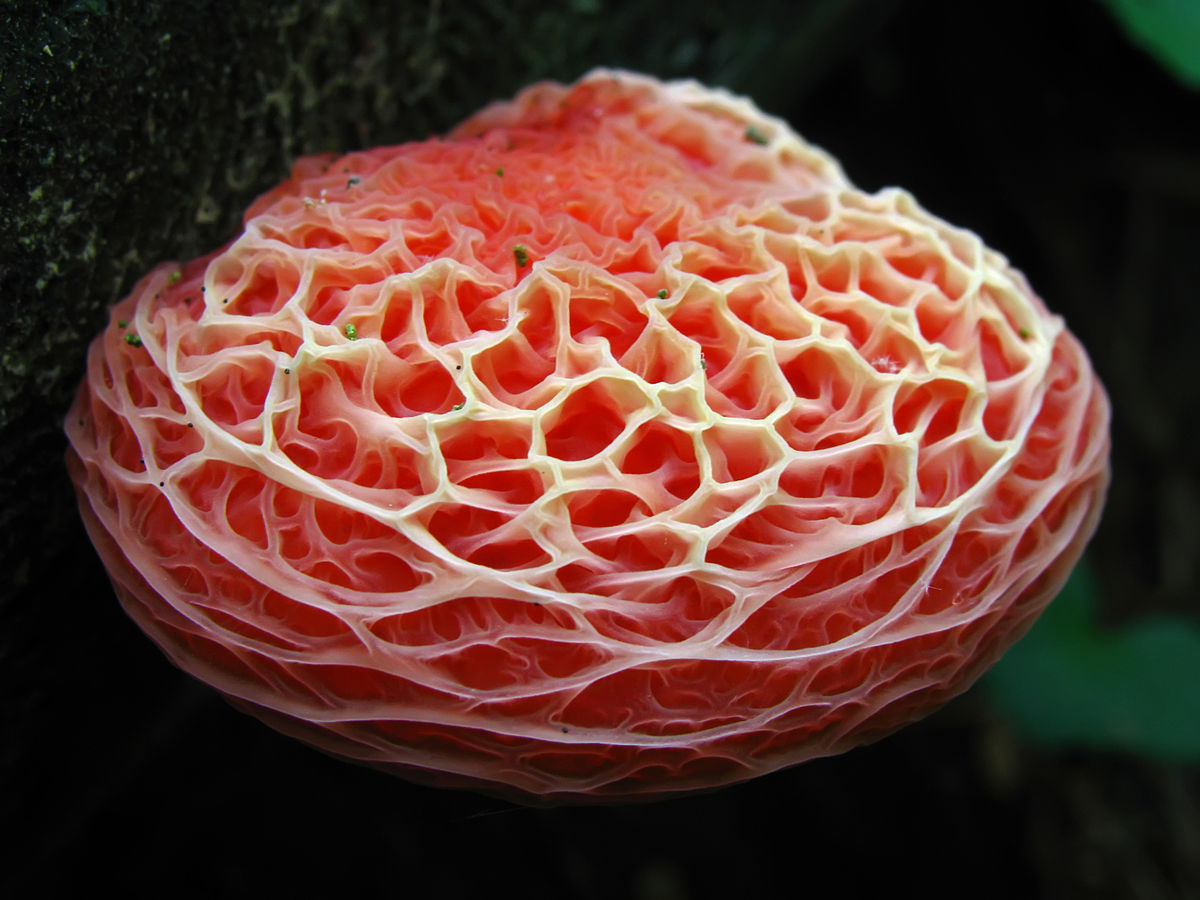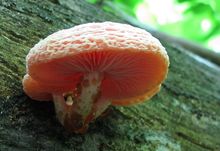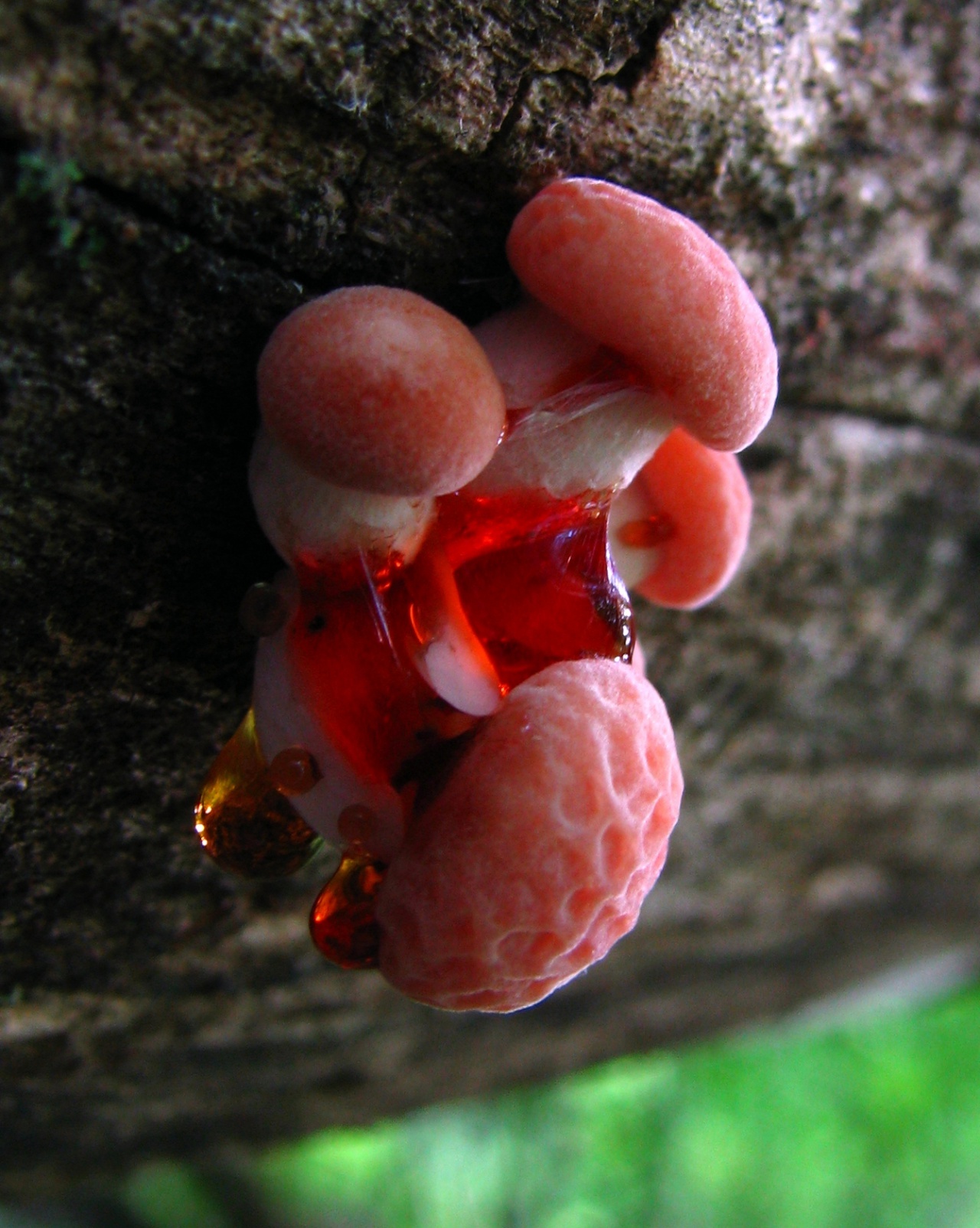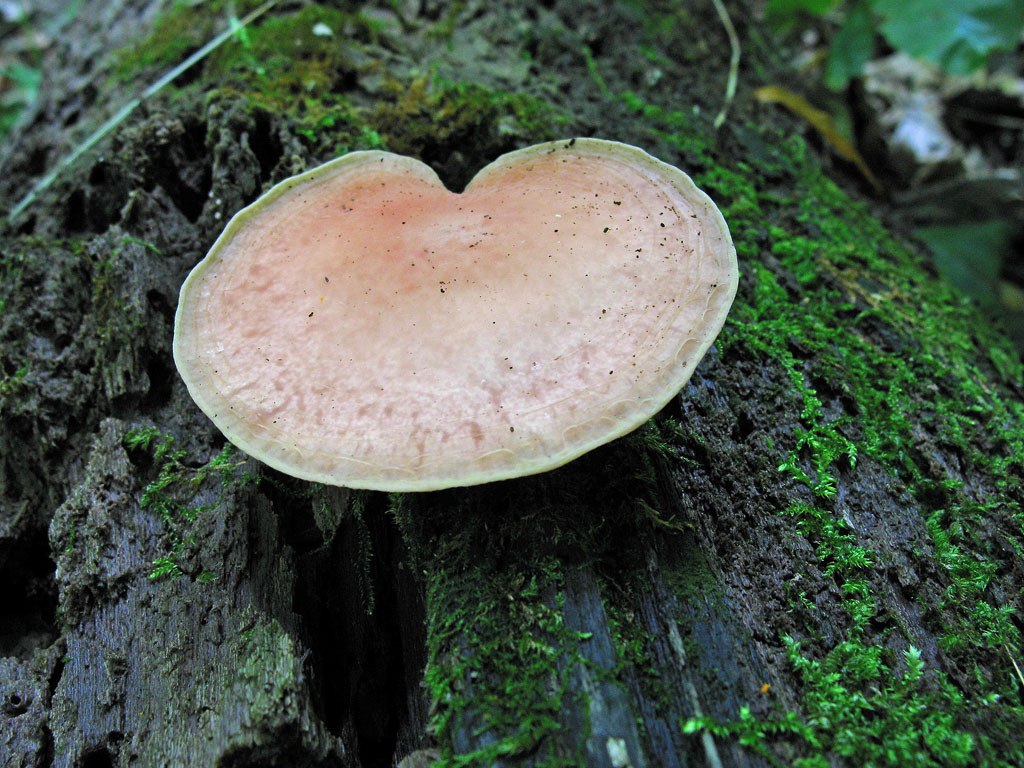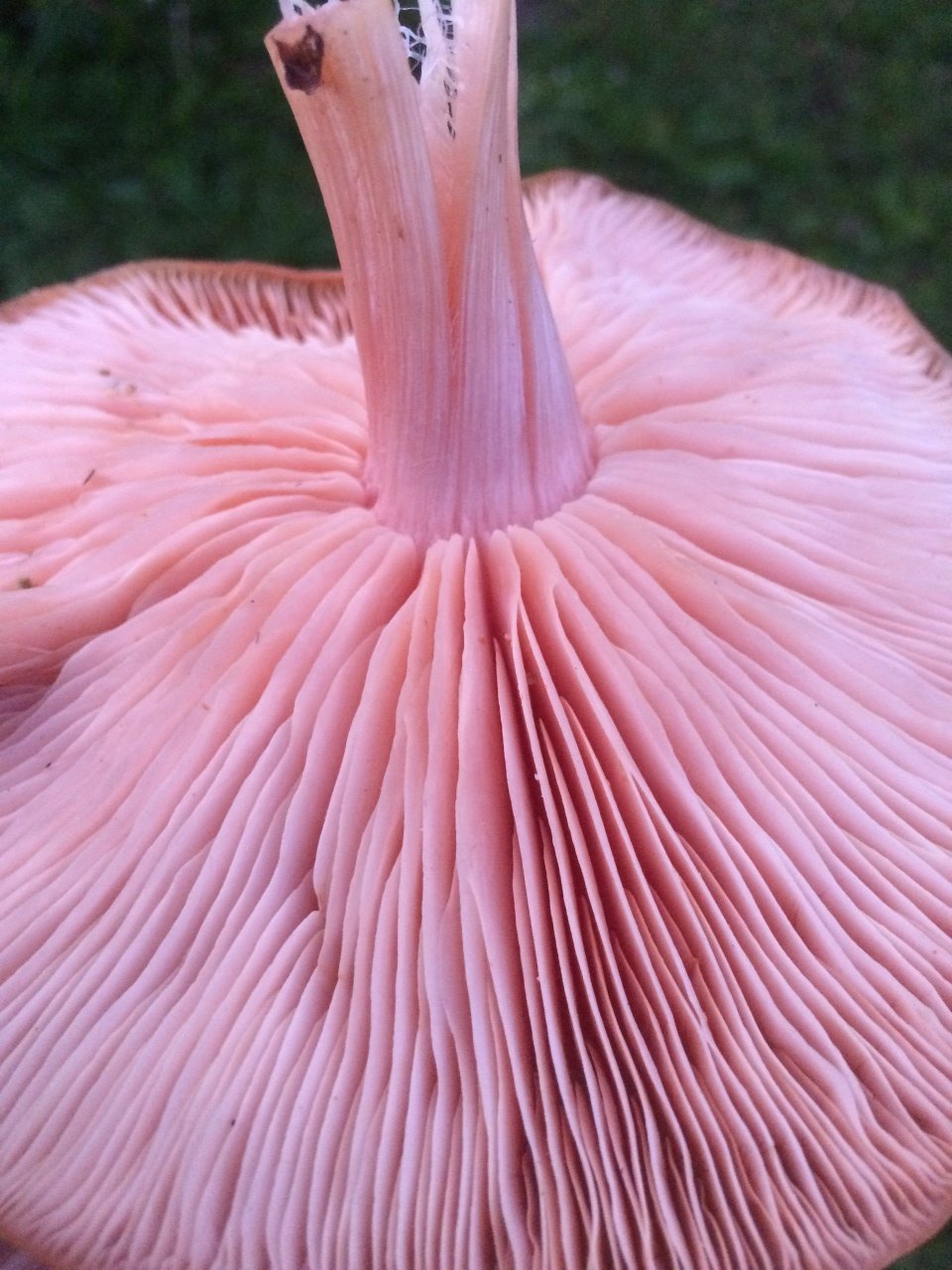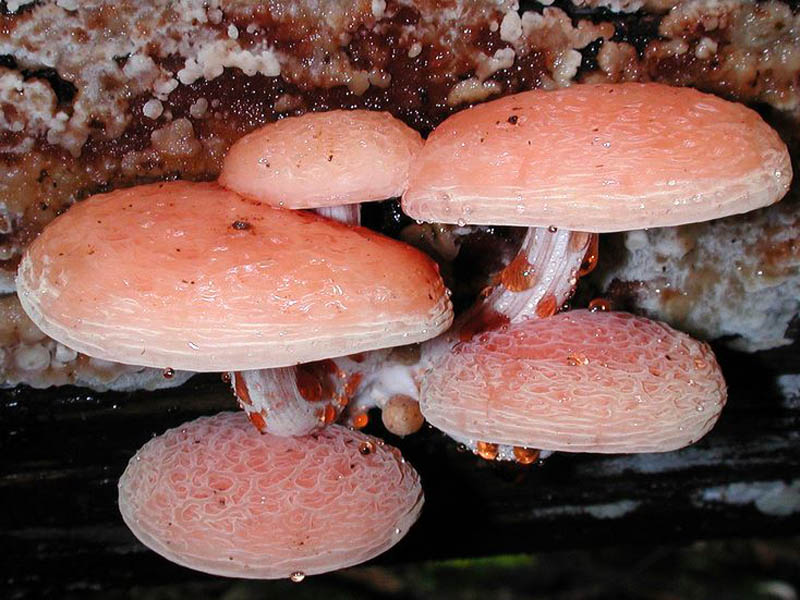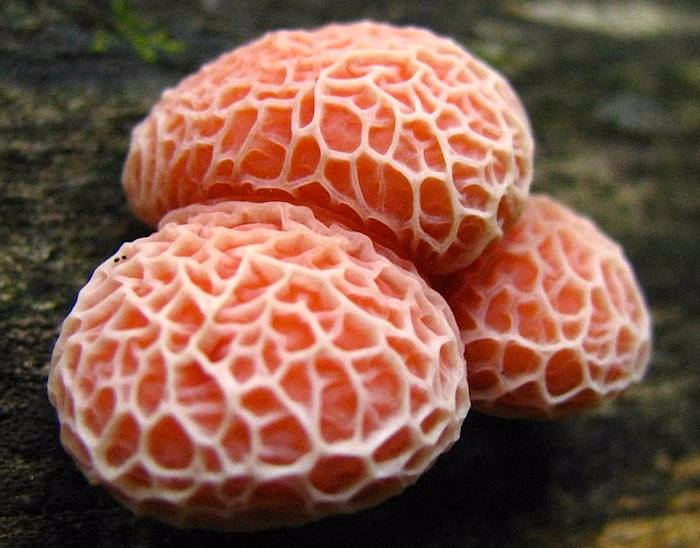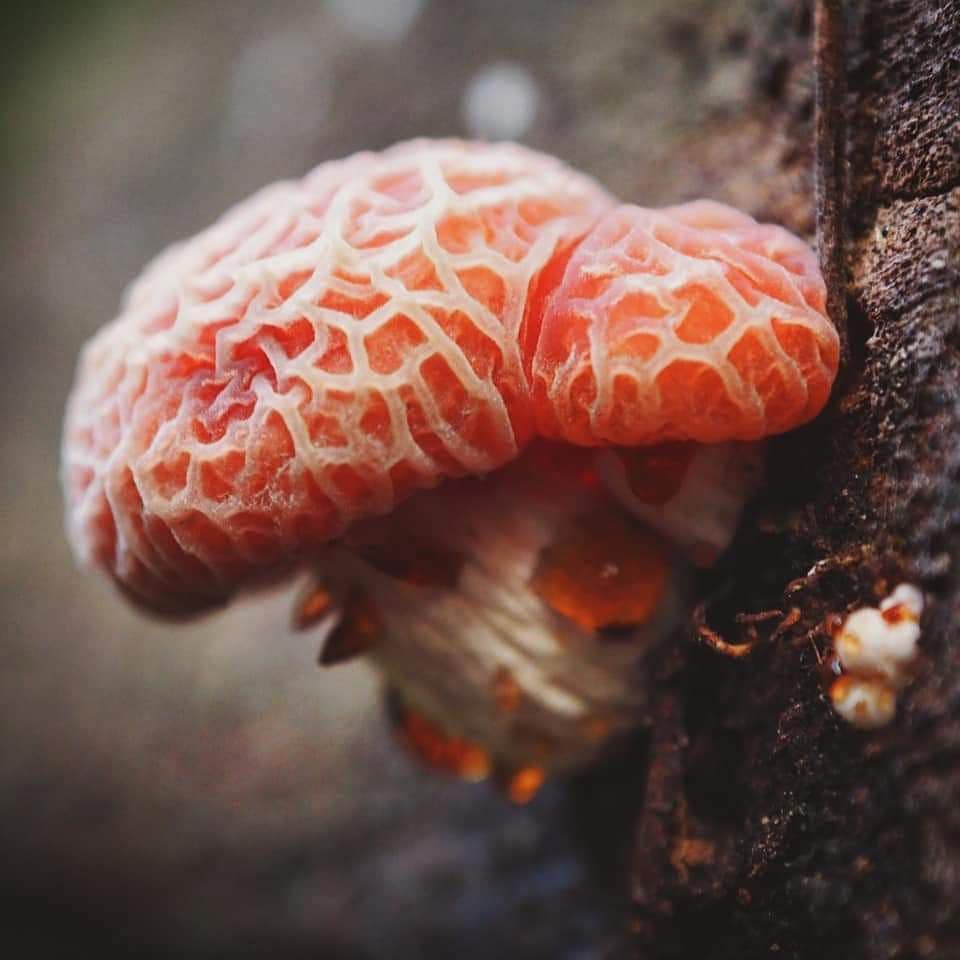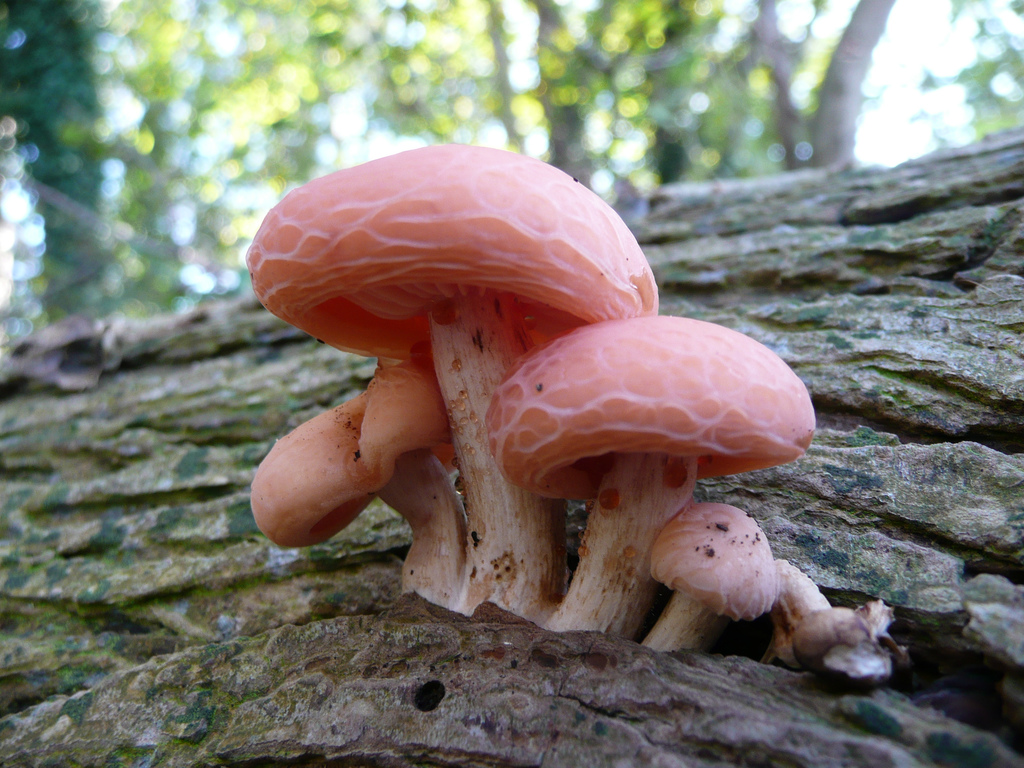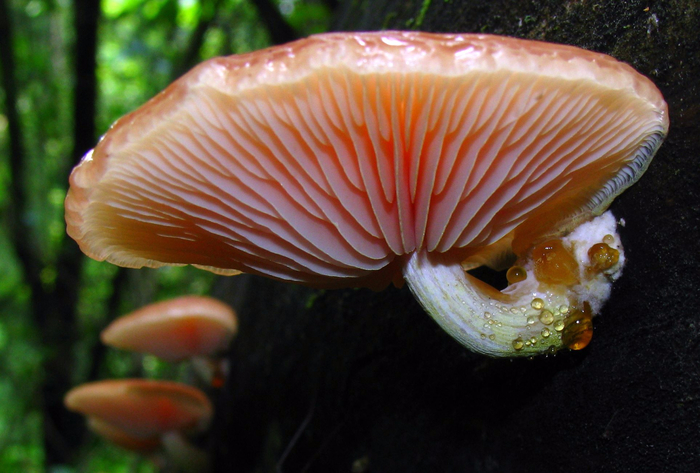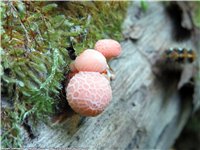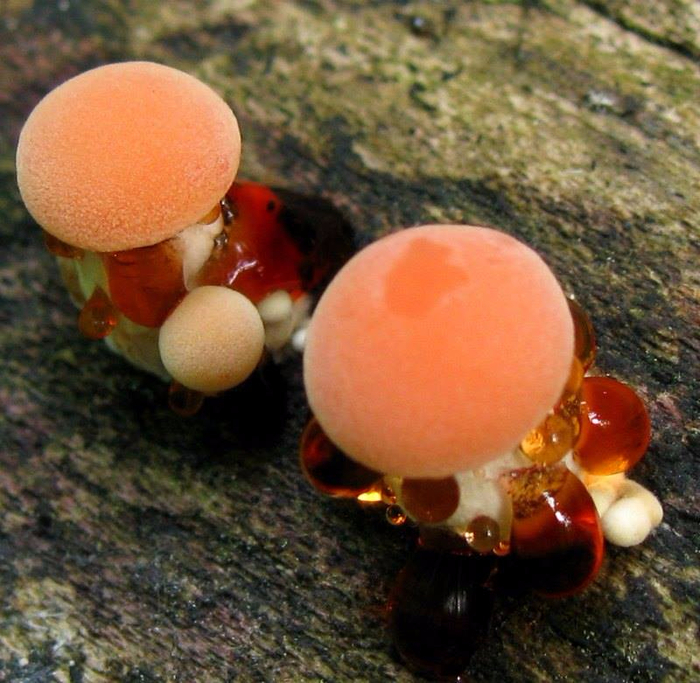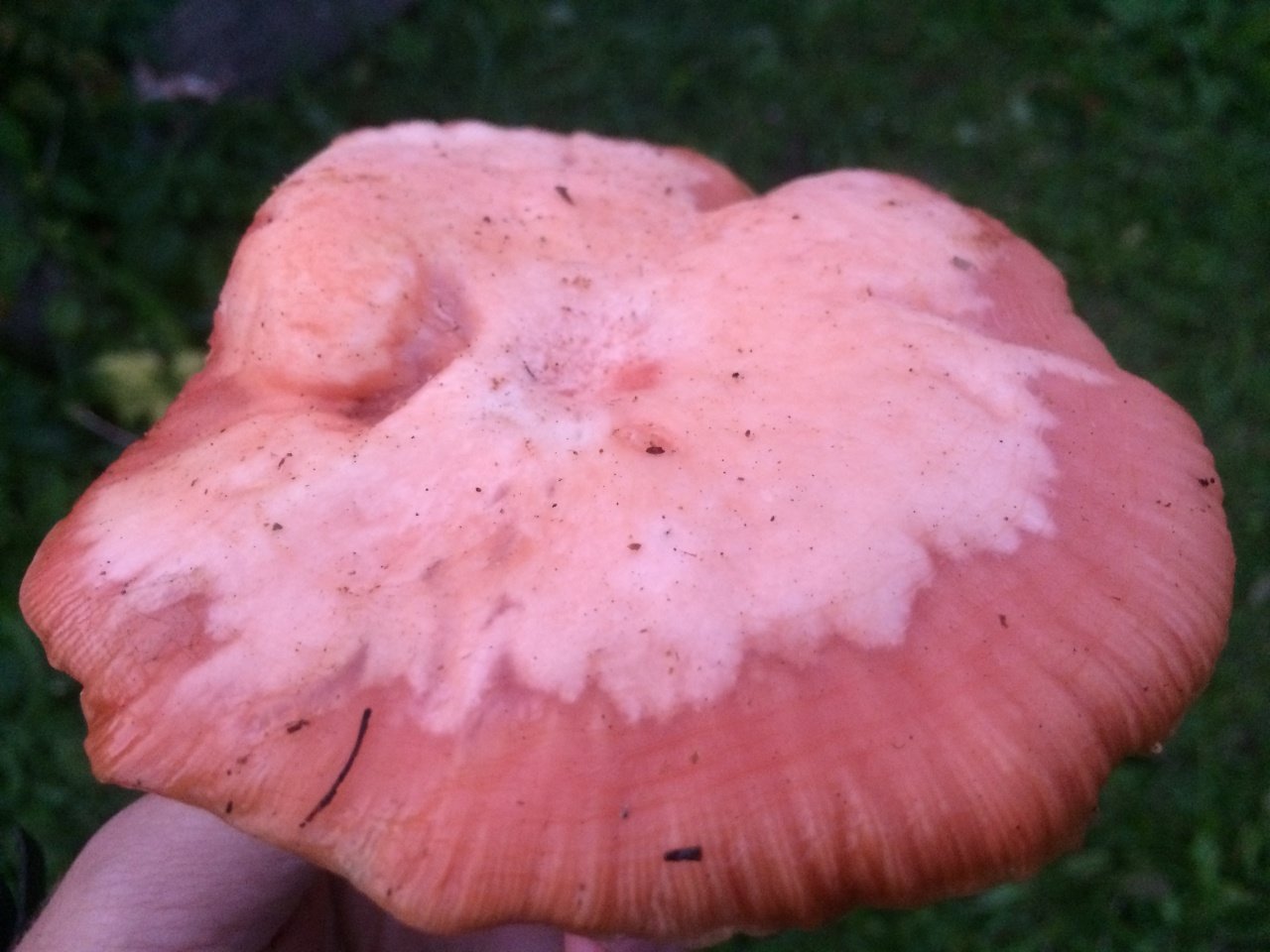Dead Mushroom (Aseroe Rubra)
10 of the rarest foods in the world
| Rodotus | ||||||||||||||||||||
|---|---|---|---|---|---|---|---|---|---|---|---|---|---|---|---|---|---|---|---|---|
| Rhodotus palmatus... Top view of the mushroom cap. | ||||||||||||||||||||
| Scientific classification | ||||||||||||||||||||
intermediate ranks
|
||||||||||||||||||||
| International scientific name | ||||||||||||||||||||
|
RhodotusMaire, 1926 |
||||||||||||||||||||
| Typical view | ||||||||||||||||||||
| Rhodotus palmatus (Bull.) Maire, 1926 | ||||||||||||||||||||
|
Rodotus (lat.Rhodotus) - monotypic genus of fungi of the family Physalacriaceae... Includes a single view Rhodotus palmate (Rhodotus palmatus). It is found throughout the northern hemisphere: in the east of North America, in northern Africa, New Zealand, Europe and Asia. On the territory of Russia, it can be found in the zone of deciduous and coniferous-deciduous forests.
The fungus is considered the only member of the genus Rhodotus and belongs to the Physalacriaceae family.
Rodotus is included in the Red Book of several countries: Austria, Estonia, Romania, Poland, Norway, Germany, Sweden, Slovakia. In Russia, it is listed in the Red Data Books of the Sakhalin and Leningrad regions. ...
Specifications
Rhodotus palmate is colloquially known as reticulated rhodotus, rose cap or wrinkled peach. (its surface looks wrinkled from a distance, and the color and smell of the mushroom resembles a fruit) It belongs to the group of macromycetes and is a rare species.
The fruiting body of mature mushrooms is of a characteristic pink color with a mesh pattern on the cap. Sometimes in Rodotus, the fruiting body can secrete a "bleeding" liquid of a reddish or orange hue.
The shape, size and color of the cap will depend on how intense the lighting was during the development of the fruiting body of the fungus. It can be orange, salmon or pink. The size of the mushroom cap can reach 15 cm, it has a convex shape and a curved edge, very elastic. Young mushrooms have almost smooth, wide-conical caps with a turned-up edge, while in old mushrooms they are covered with a wrinkled venous mesh. The reticulated cap of the mature rhodotus makes it easily identifiable.
The pulp is elastic, many sources indicate the presence of a bitter taste and a weak fruity aroma of citrus or apricot.
The stem of the fungus is 1.0-7.0 x 0.3-1.5 cm. Its length also depends on the illumination of the hearth during development.
The spores are 5.5-7 * 5-7 (8) microns in size. Their surface is covered with warts, and the spores themselves are roughly spherical.
Edibility
According to many sources, rhodotus is considered inedible, since its nutritional properties have not been sufficiently studied, and too tough pulp does not allow it to be eaten.
Antimicrobial activity
The species has medicinal properties. They were identified in 2000 as part of a Spanish scientific study by a group of microbiologists. Their research has confirmed that Rhodotus palatine has good antimicrobial activity against human pathogens.


